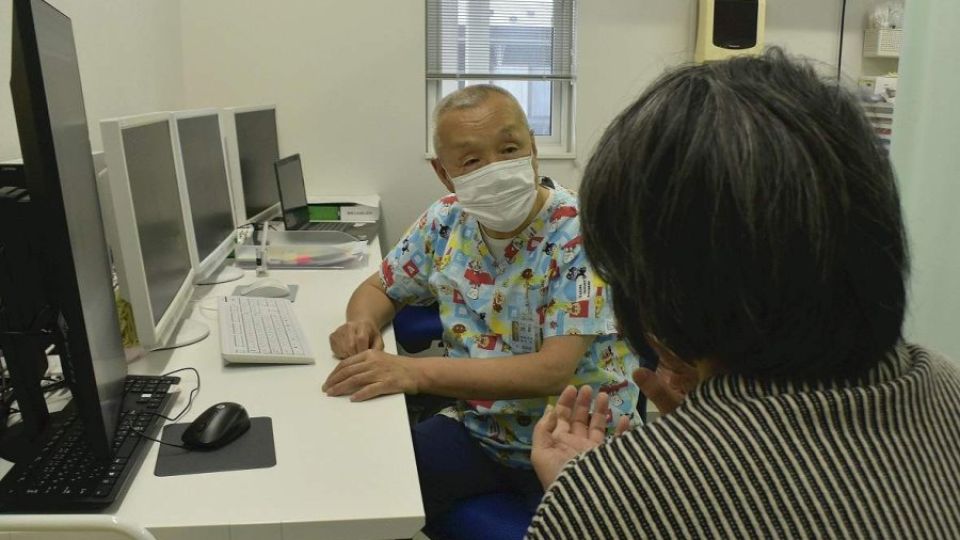April 28, 2023
TOKYO – The future population estimate released Wednesday shows a future vision of Japan in which the birthrate will decline, the proportion of the aged will rise, the working-age population will shrink and society will be increasingly dependent on foreign nationals.
The total population will decrease by about 30% to 87 million in 2070 from 126.15 million in 2020, according to the estimate announced by the National Institute of Population and Social Security Research. It is estimated foreigners will account for 10.8% in 2070, up from 2.2% in 2020.
The decline in population is already having an impact on services essential to daily life, such as water supply, and a situation is looming in which the state of society will have to be fundamentally reexamined.
Price increase
“The population decline has resulted in a decrease in fee revenues, while maintenance costs for aging facilities have increased, which makes it impossible to cover the deficit,” said an official of the Toyooka city government in Hyogo Prefecture, which raised water supply rates by an average of 17% this month. The official stressed that the decision was made with great difficulty. In the case of the lowest basic rate applicable to ordinary households, the payment for 10 cubic meters will increase 38% to ¥1,881 from ¥1,364.
Water utilities are required by the Local Government Finance Law and other laws to operate on revenues from water charges. As the population continues to decline, there are fewer people to cover the cost of maintaining facilities. In recent years, Asahikawa in Hokkaido, Iizuka in Fukuoka Prefecture and other cities have raised their water rates one after another.
A research group at Ernst & Young ShinNihon LLC, comprising experts in related fields, has compiled a report saying that 94% of the approximately 1,200 water supply operators across Japan will need to raise their prices by an average of 43% by 2043 from fiscal 2018.
Some regions are aiming to expand water supply across a wide area to operate more efficiently. In Nara Prefecture, 26 municipalities will launch a “prefectural water system integration” project as early as fiscal 2025. The city of Nara, which has a large population, will not join the project, claiming that it will be easier to keep rates down if it operates independently.
Tech for remote services
The Health, Labor and Welfare Ministry estimates that the number of medical and nursing care workers needed in 2040 will increase by about 30% to 10.7 million from the 2018 level, due to the elderly population increasing. It will be difficult to maintain medical and nursing care services unless about one out of every five people in the working population is engaged in the field.
In some areas, there are already cases of clinics closing because they cannot secure enough clerical staff to support doctors. Some clinics are trying to find a way forward by using information and communication technology.
In January, Susumu Otake, 72, an orthopedist in Aomori City who drives four hours each way to the “doctorless village” of Sai on the Shimokita Peninsula in the prefecture once a month, began using a remote medical service by Solasto Corp., a major medical administration company.
The company’s medical admin staff remotely calculate fees and manage patients’ appointments by connecting three telephone operator centers with local medical institutions online. Otake said, “The number of areas where this system is needed will increase in the future.” With more than 200 contracts for the service, the company is helping to maintain medical care in areas such as remote islands.
Drop in the bucket
Even though these efforts will help to prolong the life of local infrastructure, they are still a drop in the bucket when it comes to offsetting the impact of a population decline of about 39 million people over the next 50 years, or an average of 800,000 people per year.
“We are now at the stage where we need to rethink society to match the size of the population, such as compact cities where industry and infrastructure are concentrated and people live close to each other,” said Takumi Fujinami, senior researcher at The Japan Research Institute, Ltd. “If left unaddressed, this will lead to a worsening of the living conditions of the next generation, such as heavy taxes and increased social insurance premiums.”

